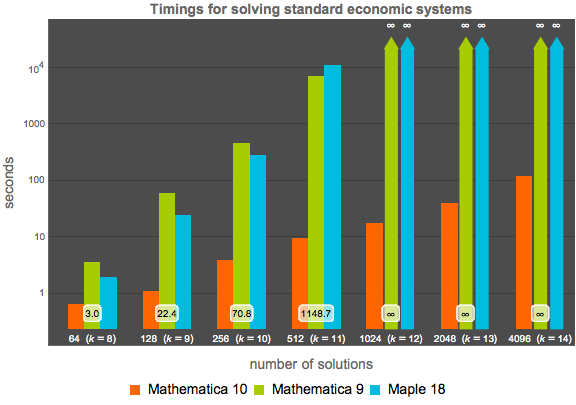

Underneath, the T EX is being turned into our box representation, so it structurally interoperates with everything else. And in Version 12.2 we’re now supporting direct entry of T EX math into Wolfram Notebooks, both on the desktop and in the cloud. But the only convenient way to enter the math is through Wolfram Language math constructs-that in some sense have to have computational meaning.īut what about “math” that’s “for human eyes only”? That has a certain visual layout that you want to specify, but that doesn’t necessarily have any particular underlying computational meaning that’s been defined? Well, for many decades there’s been a good way to specify such math, thanks to my friend Don Knuth: just use T EX. But what if you want to display math in there as well? For 25 years we’ve had the infrastructure to do the math display-through our box language. But in notebooks you can also express yourself with ordinary text in natural language. The Wolfram Language is all about expressing yourself in precise computational language. But in Version 12.2, in addition to the actual technology of PDE modeling, something else that’s important is a large collection of computational essays about PDE modeling-altogether about 400 pages of detailed explanation and application examples, currently in acoustics, heat transfer and mass transport, but with many other domains to come. PDE modeling is a complicated area, and I consider it to be a major achievement that we’ve now managed to “package” it as cleanly as this. Here’s how we represent a DNA sequence (and, yes, this works with very long sequences too): And to do it in a way that fits in with all the chemical computation capabilities we’ve been adding to the Wolfram Language over the past few years. But what’s new in 12.2 is the beginning of the ability to do flexible, general computation with bio sequences. Yes, we’ve had gene and protein data in the Wolfram Language for more than a decade. But let’s talk about a completely new area: bio-sequence computation.


There are so many different things in so many areas in Version 12.2 that it’s hard to know where to start. Biomolecular Sequences: Symbolic DNA, Proteins, etc. So far we’ve recorded about 550 hours-of which Version 12.2 occupied at least 150 hours.īy the way, in addition to all of the fully integrated new functionality in 12.2, there’s also been significant activity in the Wolfram Function Repository-and even since 12.1 was released 534 new, curated functions for all sorts of specialized purposes have been added there. But for the past couple of years we’ve done our language design in a very open way- livestreaming our internal design discussions, and getting all sorts of great feedback in real time. How did we design all those new functions and new features that are now in 12.2? It’s a lot of work! And it’s what I personally spend a lot of my time on (along with other “ small items” like physics, etc.). No new features, but more than a thousand outstanding bugs fixed: Because between March and June we were concentrating on 12.1.1, which was a “polishing release”. But Version 12.2 is perhaps all the more impressive for the fact that we didn’t concentrate on its final development until mid-June of this year. And of course it’s a tribute to our whole Wolfram Language technology stack that we’re able to develop so much, so quickly. We always have a portfolio of development projects going on, with any given project taking anywhere from a few months to more than a decade to complete. 1 release! Version 12.2, launching today, has 228 completely new functions! But just nine months later, we’ve got an even bigger. When we released Version 12.1 in March of this year, I was pleased to be able to say that with its 182 new functions it was the biggest. Launching Version 12.2 of Wolfram Language & Mathematica: 228 New Functions and Much More… Launching Version 12.2 of Wolfram Language & Mathematica: 228 New Functions and Much More… December 16, 2020

RemoteEvaluate: Compute Someplace Else.WSTPServer: A New Deployment of Wolfram Engine.The Continuing Story of Machine Learning.Yet More Kinds of Knowledge for the Knowledgebase.Supporting Combinators and Other Formal Building Blocks.The Latest in Industrial-Strength Convex Optimization.Confirm/Enclose: Symbolic Exception Handling.
#Mathematica 7 notebook in mathematica 10 code
Watch Your Code Run: More in the Echo Family.More Array Gymnastics: Column Operations and Their Generalizations.Advancing the Computational Aesthetics of Visualization.Big Computations? Send Them to a Cloud Provider!.Biomolecular Sequences: Symbolic DNA, Proteins, etc.


 0 kommentar(er)
0 kommentar(er)
